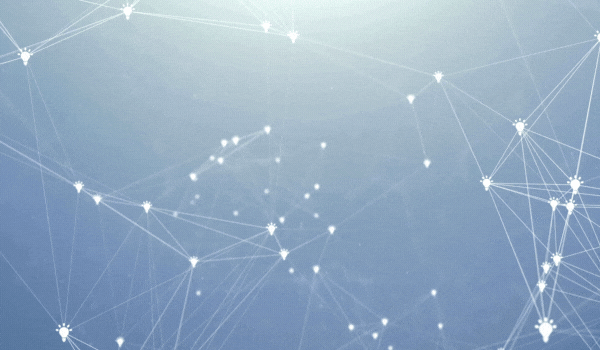Nodes
Nodes represent entities or things in the data set. They can represent a wide range of concepts such as people, places, events, products, or any other identifiable entity. In a social network graph, for example, each node may represent a person. Nodes serve as the building blocks of the knowledge graph and form the basis for establishing relationships.



.png)
.png)

.png)


.png)
.png)